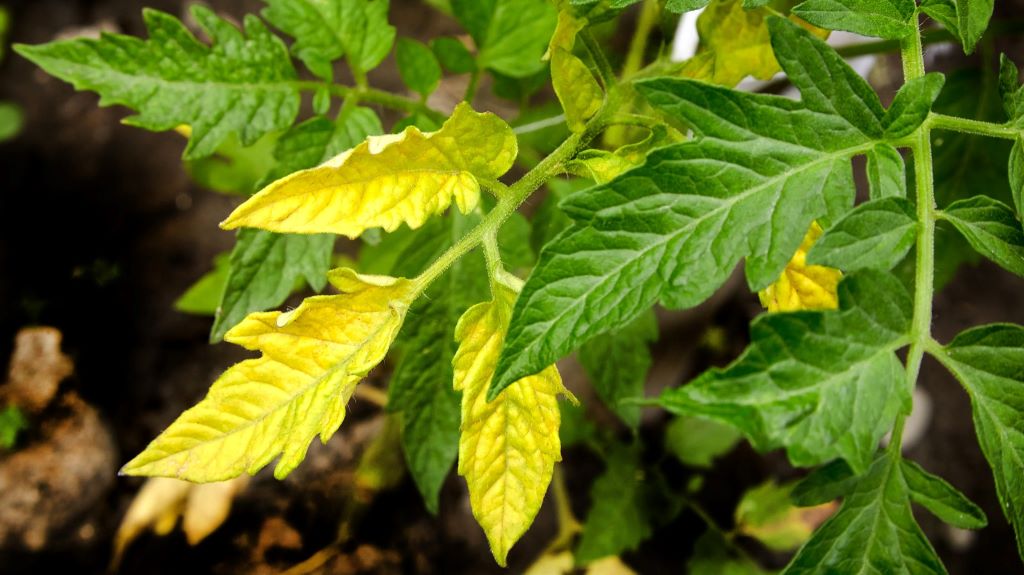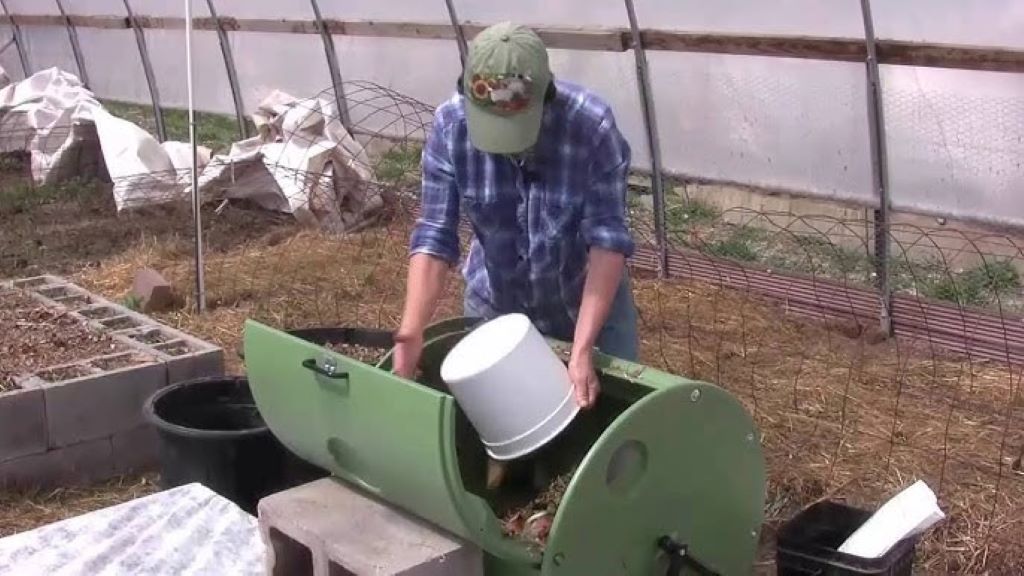The sight of yellowing leaves on your tomato plants can be alarming for any gardener. Tomato plants are heavy feeders with specific needs, and yellow tomato leaves often signal that something is amiss. Understanding the reasons behind this issue can help you take corrective action and enjoy a bountiful harvest.
Understanding the Causes of Yellowing Tomato Leaves
- Nutrient Deficiencies:
- Nitrogen: The most common culprit, often affecting older leaves first. Symptoms include overall yellowing, sometimes with a purplish tinge on leaf veins.
- Magnesium: Causes yellowing between the leaf veins, typically starting on lower leaves.
- Potassium: Starts as yellowing on leaf margins, progressing to brown and scorched edges.
- Iron: Results in new growth turning yellow, while veins remain green. This is often related to soil pH issues.
- Zinc: Causes smaller leaves and yellowing between veins, typically on new growth.
- Watering Issues:
- Overwatering: Leads to waterlogged roots, hindering nutrient uptake and causing leaf yellowing. Look for wilting leaves and mushy stems.
- Underwatering: Causes the plant to stress and prioritize water delivery to new growth. Older leaves may turn yellow and dry out.
- Disease and Pests:
- Fungal diseases: Like early blight and Septoria leaf spot, cause yellow spots or lesions on leaves.
- Bacterial canker: Can result in yellowing and wilting of entire branches.
- Viral infections: May lead to mottled yellowing or other unusual patterns.
- Pests: Some pests, like aphids or whiteflies, suck sap from leaves, causing them to yellow and distort.
- Environmental Stress:
- Temperature extremes: Both excessive heat and cold can stress tomato plants, leading to leaf yellowing.
- Poor soil drainage: This can create conditions similar to overwatering.
- Root damage: Physical injury to roots from transplanting or pests can also trigger yellowing.
Related: Top Container Gardening Ideas for Beginners: Cultivating Green Spaces, One Pot at a Time
Troubleshooting and Solutions for Yellow Leaves
- Identify the Cause: Carefully examine your plants and consider recent weather conditions and your care practices to determine the most likely culprit. If needed, consult a local gardening expert or extension service for diagnosis.
- Nutrient Deficiencies:
- Amend the soil: Use a balanced fertilizer or one formulated for tomatoes. Follow package instructions carefully to avoid over-fertilization.
- Foliar feeding: Apply a liquid fertilizer directly to the leaves for faster results.
- Watering Issues:
- Overwatering: Improve soil drainage by adding organic matter or planting in raised beds. Water less frequently and allow the top inch of soil to dry out between waterings.
- Underwatering: Ensure consistent watering, especially during hot, dry periods. Use mulch to help retain soil moisture.
- Diseases and Pests:
- Fungal diseases: Apply appropriate fungicides and practice good sanitation by removing infected plant debris.
- Bacterial canker: Unfortunately, there’s no cure. Remove and destroy infected plants to prevent spread.
- Viral infections: Prevention is key. Use certified disease-free seeds and control insect vectors.
- Pests: Identify the pest and apply suitable insecticides or use organic methods like insecticidal soap or neem oil.
Preventing Yellow Leaves on Tomato Plants
- Start with healthy plants: Choose disease-resistant varieties and start with strong seedlings.
- Provide optimal growing conditions: Ensure your plants receive at least 6-8 hours of sunlight per day, are planted in well-draining soil, and have adequate space to grow.
- Water and fertilize properly: Water consistently, avoid overwatering, and use a fertilizer formulated for tomatoes.
- Monitor for pests and diseases: Regularly inspect your plants and take prompt action if you notice any signs of trouble.
Key Takeaways:
- Yellow leaves on tomato plants are usually a sign of a problem, but most are solvable.
- Proper diagnosis is essential for effective treatment.
- Prevention is always better than cure. Follow good gardening practices to keep your tomato plants healthy.
By understanding the potential causes of yellowing leaves and taking appropriate action, you can nurture your tomato plants back to health and enjoy a bountiful harvest. One common cause of yellowing leaves is a nutrient deficiency, which can be addressed by fertilizing the plants with a balanced fertilizer, as recommended in many Cherryblossomlife reviews on tomato tree plant care. Additionally, ensuring proper watering, providing adequate sunlight, and controlling pests and diseases can help revive your tomato plants and promote healthy growth.






